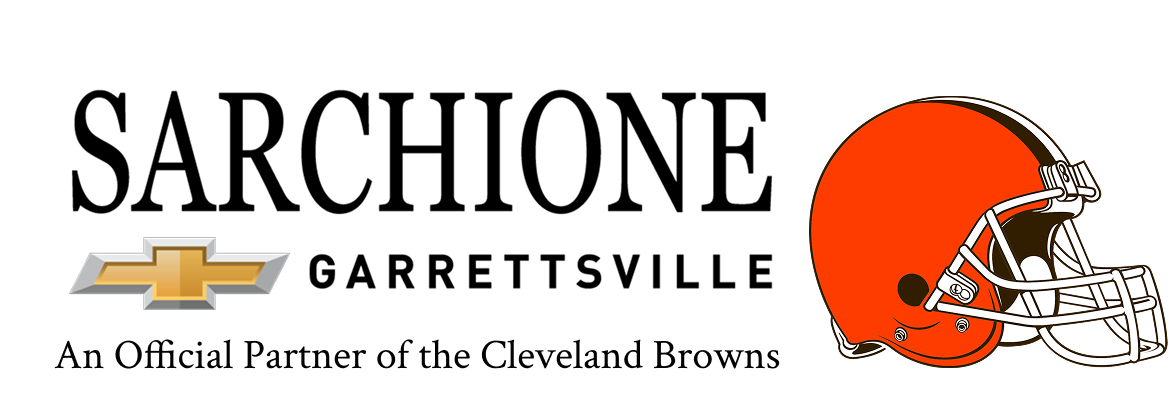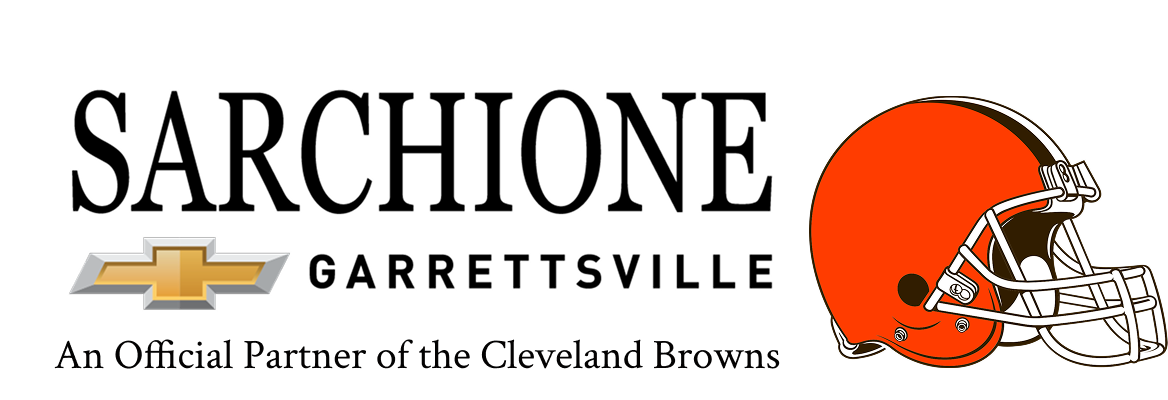Common signs of a blocked Chevy engine radiator can show up in ways that many drivers overlook. A clogged radiator reduces coolant flow and restricts heat transfer, which puts the entire engine at risk.
At Sarchione Chevrolet of Garrettsville, we help drivers stay informed so they can protect their vehicles with timely repairs. If you're shopping for new Chevrolet models or maintaining the one you already drive, knowing what to look for can help you avoid more expensive problems later.
Common Signs Of A Blocked Chevy Engine Radiator
One of the most noticeable signs of radiator blockage is engine overheating. The temperature gauge may spike even during normal driving, especially when idling or sitting in traffic. Heat builds up quickly when the coolant cannot move freely through the radiator core. The heater inside the cabin may also blow cold air since blocked coolant lines prevent heat transfer into the heater core.
Steam under the hood is another red flag. If the radiator cannot pull enough heat from the coolant, pressure may rise and push steam through the overflow tank or cap. This is not normal under regular operating conditions. Drivers may also smell coolant inside or outside the vehicle, which can indicate leaks caused by high pressure or damaged seals.
Some blocked radiators will cause fluctuating temperature readings. The engine may cool slightly when moving fast, but then overheat again when slowed. This cycling usually points to uneven coolant flow. In some cases, the radiator hoses may feel hot on one end and cold on the other. This temperature difference shows that the coolant is not circulating properly.
If the radiator becomes restricted with rust or internal debris, it can also change the color and smell of the coolant. Discolored or sludgy coolant often points to contamination, which limits the radiator’s ability to move heat efficiently. In extreme cases, the radiator may make gurgling or bubbling noises due to trapped air or blocked coolant flow.
Why Radiator Blockage Happens
Radiators can become blocked over time for several reasons. Old coolant that hasn’t been flushed breaks down and forms scale inside the core. This buildup slows down flow and clogs narrow passages. Mixing the wrong types of coolant can also cause chemical reactions that create sludge or deposits. Internal corrosion from air pockets or low coolant levels adds more debris into the system.
Some blockages come from outside the radiator. Dirt, bugs, and road debris can clog the fins and reduce airflow. This stops the radiator from releasing heat into the outside air even if the coolant is flowing correctly. Physical damage to the radiator from an accident or impact can also crush internal tubes or create kinks that slow down coolant circulation.
When we inspect a radiator, we check both internal and external areas. We look for signs of coolant restriction, debris buildup, leaks, and poor airflow. We also test coolant condition and pressure to confirm how well the system holds up under load.
Schedule Cooling System Service
If you’ve noticed changes in engine temperature or heard any unusual noises under the hood, it's time to let us take a closer look. Early signs can turn into serious damage if ignored. Use our online system to schedule a service appointment. At Sarchione Chevrolet of Garrettsville, we help you catch radiator issues before they affect your engine or lead to larger repairs.


